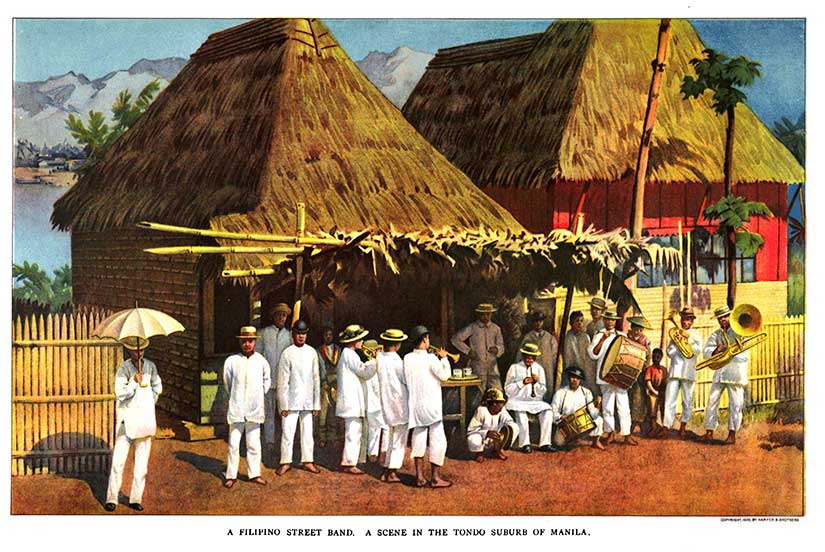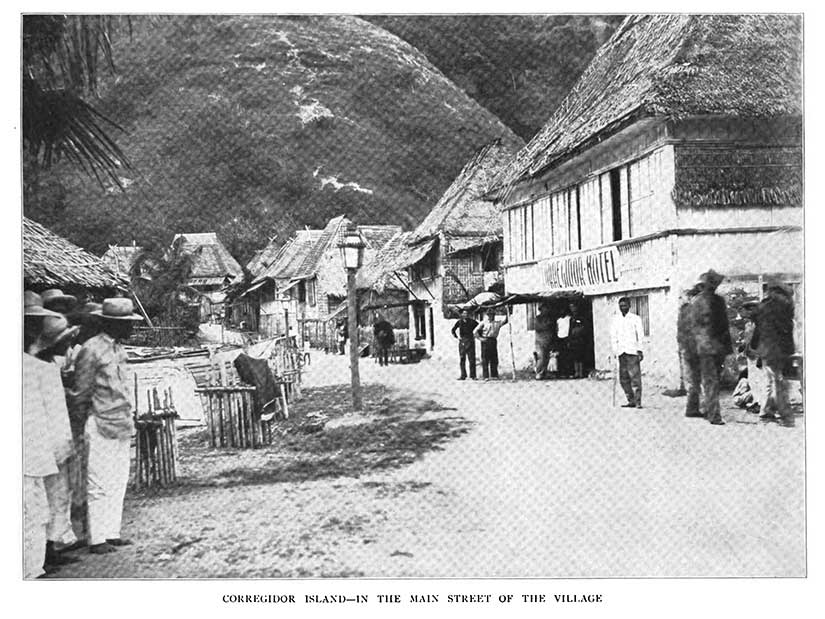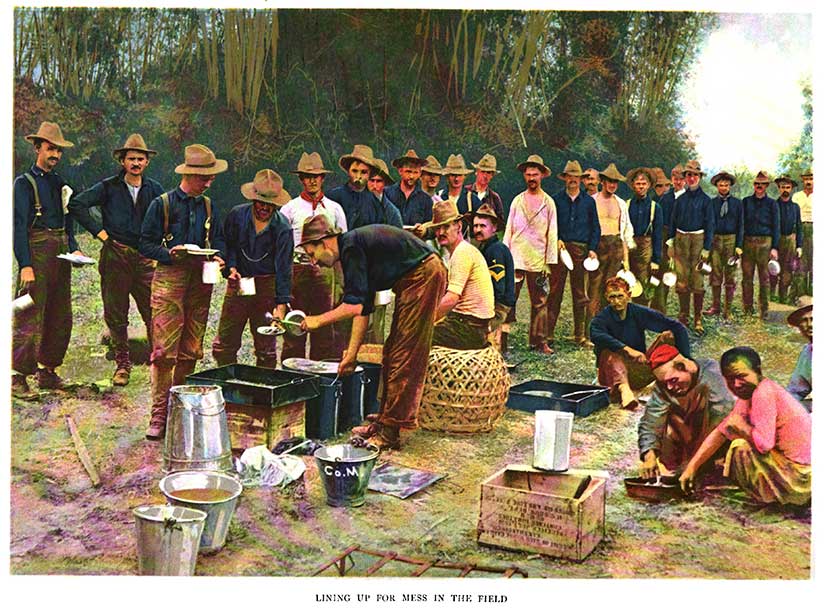
Do you remember the days of card catalogs? Or the days when, if your library did not have the book you wanted, you had to wait weeks—maybe months—for interlibrary loan? (And that was if your library was lucky enough to be a part of a consortium. Many were not.) Even during my college years, I made regular trips to the Library of Congress in Washington, D.C., because that was the only place I knew I could find what I needed. Since I could not check out the books, I spent a small fortune (and many, many hours) photocopying. I still have their distinctive blue copy card in my wallet.
The point is that “kids these days” are lucky. Do I sound old now? Sorry, not sorry—look at the wealth of sources on the internet! With the hard work of university librarians around the world, plus the search engine know-how of Google and others, you can find rare, out-of-print, and out-of-copyright books in their full-text glory.
Today, I (virtually) paged through an original 1900 copy of Harper’s History of the War in the Philippines to bring you some of the original images that you cannot find anywhere else. For example, you may know that almost every village in the Philippines—no matter how remote or small—had a band of some sort, whether woodwind, brass, or bamboo. In fact, these musicians learned American ragtime songs so quickly and so enthusiastically that many Filipinos thought “There’ll Be a Hot Time in the Old Town Tonight” was the American national anthem. You may know this, but can you visualize it? You don’t have to anymore. Here is an image in color:

Smaller bands than the one pictured above played at some of the hottest restaurants in Manila, like the Paris on the famous Escolta thoroughfare. I have seen the Paris’s advertisements in commercial directories, but I had never seen a photo of the interior of it (or really many buildings at all) since flash photography was brand new. Harper’s had a budget, though, so they spared no expense to bring you this image of American expatriate chic:

Not every soldier or sailor ate as well as the officers at the Paris. The soldiers on “the Rock” of Corregidor Island, which guards the mouth of Manila Bay, had a more natural setting for their hotel and restaurant:

Another interesting image is of a “flying mess” (or meal in the field). Notice the Chinese laborers in the bottom right hand corner. Despite banning any further Chinese immigration to the Philippines with the renewal of the Chinese Exclusion Act in 1902, the US government and military regularly employed Chinese laborers who were already in the islands.

But enough politics. It’s almost the weekend, so this relaxing image might be the most appropriate:

Want to learn how to find such cool sources yourself? Next weekend, on April 22nd at 1pm, I will give my research workshop, The History Games: Using Real Events to Write the Best Fiction in Any Genre, at the Hingham Public Library, in Hingham, Massachusetts. The hour-long workshop is free, but the library asks that you register because space is limited. Follow the previous library link, if interested. Hope to see you there!


